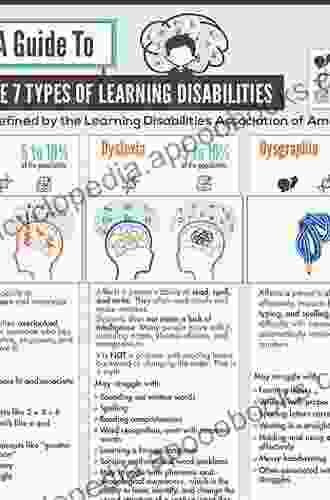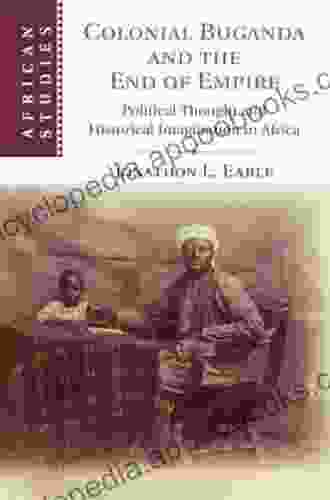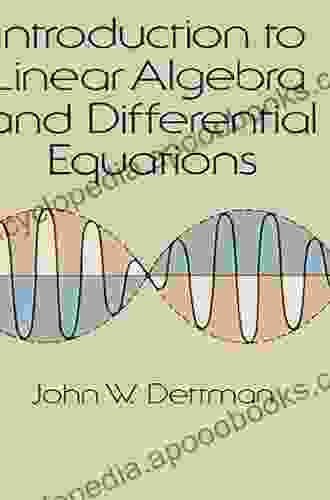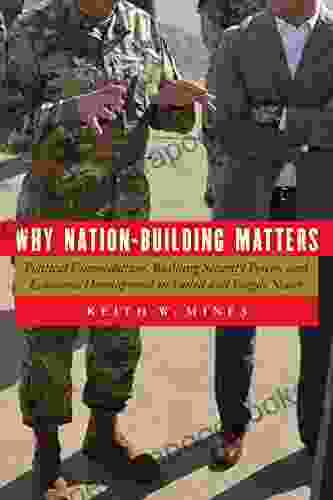Unlocking Student Success: A Comprehensive Guide to Differentiating Instruction for Students with Learning Disabilities

: Embracing Diversity in Learning
Every classroom is a tapestry of diverse learners, each with unique strengths and challenges. Students with learning disabilities (LD) bring a rich tapestry of perspectives and abilities to the educational landscape. They may encounter hurdles in areas such as reading, writing, math, or social skills, but they also possess untapped potential waiting to be unleashed.
4.7 out of 5
| Language | : | English |
| File size | : | 1823 KB |
| Text-to-Speech | : | Enabled |
| Screen Reader | : | Supported |
| Enhanced typesetting | : | Enabled |
| Word Wise | : | Enabled |
| Print length | : | 218 pages |
| Paperback | : | 84 pages |
| Item Weight | : | 7.8 ounces |
| Dimensions | : | 8.5 x 0.19 x 11 inches |
Differentiated instruction emerges as a beacon of hope, offering a tailored approach that recognizes and responds to the multifaceted needs of all learners, including those with LD. By embracing differentiated instruction, educators can unlock the door to equitable and inclusive learning environments where every student feels valued and empowered to reach their full potential.
Chapter 1: Understanding Learning Disabilities
To effectively differentiate instruction, it's essential to grasp the complexities of learning disabilities. This chapter delves into the various types of LD, their underlying characteristics, and the impact they have on learning. Educators will gain insights into the unique challenges faced by students with LD, equipping them with a deeper understanding to inform their instructional practices.
Chapter 2: Principles and Practices of Differentiated Instruction
Laying the foundation for effective differentiation, this chapter unveils the core principles that guide this transformative approach. Educators will explore the essential elements of differentiated instruction, including:
- Creating flexible learning environments
- Providing tailored instruction
- Using ongoing assessment to inform instruction
- Empowering students in their learning
Practical strategies and examples illustrate how to implement these principles, empowering educators to create classrooms where all students feel engaged and supported.
Chapter 3: Differentiating Across Content Areas
Moving beyond theory, this chapter provides a comprehensive guide to differentiating instruction across core content areas. Educators will delve into specific strategies for:
- Language Arts: Tailoring instruction for students with dyslexia or language-based learning disabilities
- Math: Addressing the challenges faced by students with dyscalculia or math-related learning disabilities
- Science: Making science accessible and engaging for students with learning disabilities
- Social Studies: Creating inclusive and empowering learning experiences for students with social-emotional or behavioral challenges
Real-world examples, case studies, and practical tips bring these strategies to life, enabling educators to adapt their instruction to meet the diverse needs of their students.
Chapter 4: Assessment and Evaluation
Assessment plays a pivotal role in differentiated instruction, providing educators with valuable insights to tailor their teaching practices. This chapter explores various assessment techniques, including:
- Formative assessment for ongoing monitoring
- Summative assessment to evaluate student progress
- Authentic assessment to measure real-world skills
- Assistive technology to support students with LD
Educators will learn how to use assessment data to inform their instructional decisions, ensuring that students receive the targeted support they need.
Chapter 5: Collaboration and Partnerships
Creating inclusive and effective learning environments extends beyond the classroom walls. This chapter emphasizes the importance of collaboration among educators, parents, and other professionals. Educators will discover strategies for:
- Building strong partnerships with parents
- Collaborating with special education teachers
- Accessing support from external resources
- Advocating for students with LD
By fostering a collaborative network, educators can leverage diverse expertise and resources to maximize student success.
Chapter 6: Technology-Enhanced Differentiated Instruction
Technology has become an indispensable tool in education, and it holds immense potential for differentiating instruction. This chapter explores the use of assistive technology, educational apps, and online resources to:
- Provide individualized support for students with LD
- Enhance engagement and motivation
- Promote independent learning
- Foster collaboration and communication
Educators will gain insights into how technology can empower students with LD to overcome challenges and reach their full potential.
Chapter 7: Future Directions and Best Practices
The field of differentiated instruction is constantly evolving, with new research and best practices emerging. This chapter provides a glimpse into the future of differentiated instruction, including:
- Universal Design for Learning (UDL)
- Personalized learning plans
- Data-driven instruction
- Equity and access for all learners
Educators will gain a forward-looking perspective on the latest trends and strategies to ensure that all students, including those with LD, have the opportunity to succeed in school and beyond.
: Empowering Every Student
The journey of differentiating instruction is not a destination but an ongoing commitment to providing equitable and empowering learning experiences for all students. This comprehensive guide has equipped educators with a wealth of knowledge and strategies to unlock the potential of students with learning disabilities.
By embracing the principles of differentiated instruction, educators can create classrooms where every student feels valued, supported, and inspired to reach their full potential. The future of education lies in embracing diversity and empowering all learners to succeed.
4.7 out of 5
| Language | : | English |
| File size | : | 1823 KB |
| Text-to-Speech | : | Enabled |
| Screen Reader | : | Supported |
| Enhanced typesetting | : | Enabled |
| Word Wise | : | Enabled |
| Print length | : | 218 pages |
| Paperback | : | 84 pages |
| Item Weight | : | 7.8 ounces |
| Dimensions | : | 8.5 x 0.19 x 11 inches |
Do you want to contribute by writing guest posts on this blog?
Please contact us and send us a resume of previous articles that you have written.
 Book
Book Novel
Novel Page
Page Chapter
Chapter Text
Text Story
Story Genre
Genre Reader
Reader Library
Library Paperback
Paperback E-book
E-book Magazine
Magazine Newspaper
Newspaper Paragraph
Paragraph Sentence
Sentence Bookmark
Bookmark Shelf
Shelf Glossary
Glossary Bibliography
Bibliography Foreword
Foreword Preface
Preface Synopsis
Synopsis Annotation
Annotation Footnote
Footnote Manuscript
Manuscript Scroll
Scroll Codex
Codex Tome
Tome Bestseller
Bestseller Classics
Classics Library card
Library card Narrative
Narrative Biography
Biography Autobiography
Autobiography Memoir
Memoir Reference
Reference Encyclopedia
Encyclopedia Christine Marie
Christine Marie 2012th Edition Kindle Edition
2012th Edition Kindle Edition A Kline
A Kline A G Riddle
A G Riddle A G Marshall
A G Marshall Greg Pond
Greg Pond Liz Kessler
Liz Kessler A K Duboff
A K Duboff Paolo Ocampo
Paolo Ocampo Vladimir Geroimenko
Vladimir Geroimenko Sol Maya
Sol Maya K L Ramsey
K L Ramsey Gillian Sze
Gillian Sze Sara Bushway
Sara Bushway Jason Miklian
Jason Miklian Graham Allen
Graham Allen Tom Dulaney
Tom Dulaney Melissa Joy Jonsson
Melissa Joy Jonsson Jay Allan
Jay Allan Joseph S Walker
Joseph S Walker
Light bulbAdvertise smarter! Our strategic ad space ensures maximum exposure. Reserve your spot today!
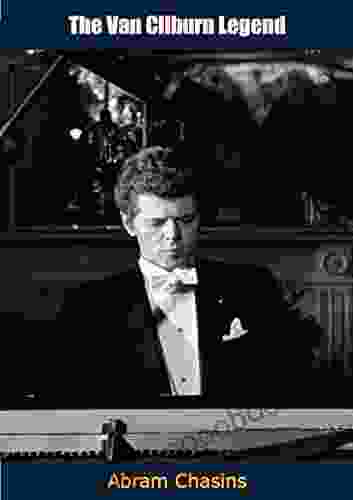
 Mario BenedettiThe Van Cliburn Legend: A Timeless Tale of Music, Triumph, and Cultural...
Mario BenedettiThe Van Cliburn Legend: A Timeless Tale of Music, Triumph, and Cultural... Jared NelsonFollow ·14.7k
Jared NelsonFollow ·14.7k Donald WardFollow ·14k
Donald WardFollow ·14k Derek BellFollow ·10.3k
Derek BellFollow ·10.3k Miguel de CervantesFollow ·12.8k
Miguel de CervantesFollow ·12.8k Andy HayesFollow ·11.7k
Andy HayesFollow ·11.7k Adrian WardFollow ·16.8k
Adrian WardFollow ·16.8k William WordsworthFollow ·12.2k
William WordsworthFollow ·12.2k Simon MitchellFollow ·7.4k
Simon MitchellFollow ·7.4k
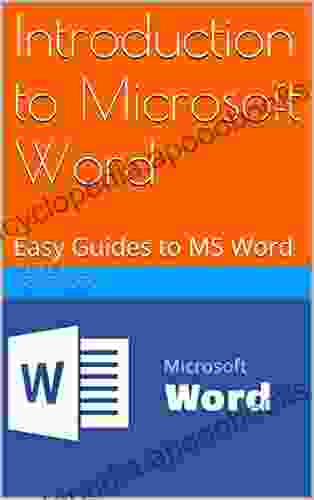
 Jacob Hayes
Jacob HayesUnlock the Power of Microsoft Word: A Comprehensive Guide...
Microsoft Word is a widely used word...
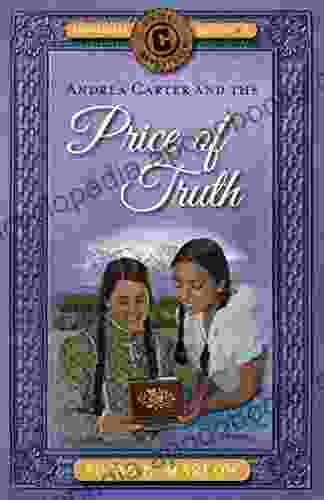
 Hunter Mitchell
Hunter MitchellAndrea Carter and the Price of Truth: A Thrilling...
Get ready for an unforgettable...

 Ivan Turner
Ivan TurnerTrading Jeff and His Dog: An Unforgettable Adventure of...
Get ready for an emotional rollercoaster...

 Langston Hughes
Langston HughesGo Viral TikTok: The Ultimate Guide to Gaining 100K...
TikTok has emerged as a social...

 Ibrahim Blair
Ibrahim BlairUnveil the Enchanting Realm of Short Fiction: Dive into...
Delve into a Literary Tapestry of...
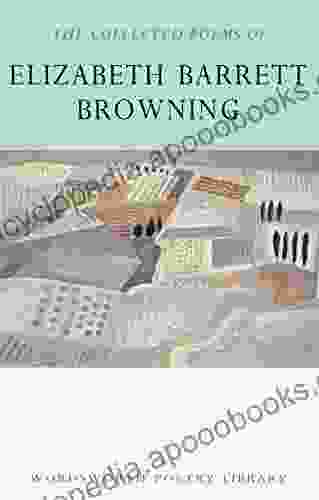
 Tennessee Williams
Tennessee WilliamsUnveil the Enchanting World of Elizabeth Barrett...
A Poetic Tapestry of Love, Loss, and...
4.7 out of 5
| Language | : | English |
| File size | : | 1823 KB |
| Text-to-Speech | : | Enabled |
| Screen Reader | : | Supported |
| Enhanced typesetting | : | Enabled |
| Word Wise | : | Enabled |
| Print length | : | 218 pages |
| Paperback | : | 84 pages |
| Item Weight | : | 7.8 ounces |
| Dimensions | : | 8.5 x 0.19 x 11 inches |


